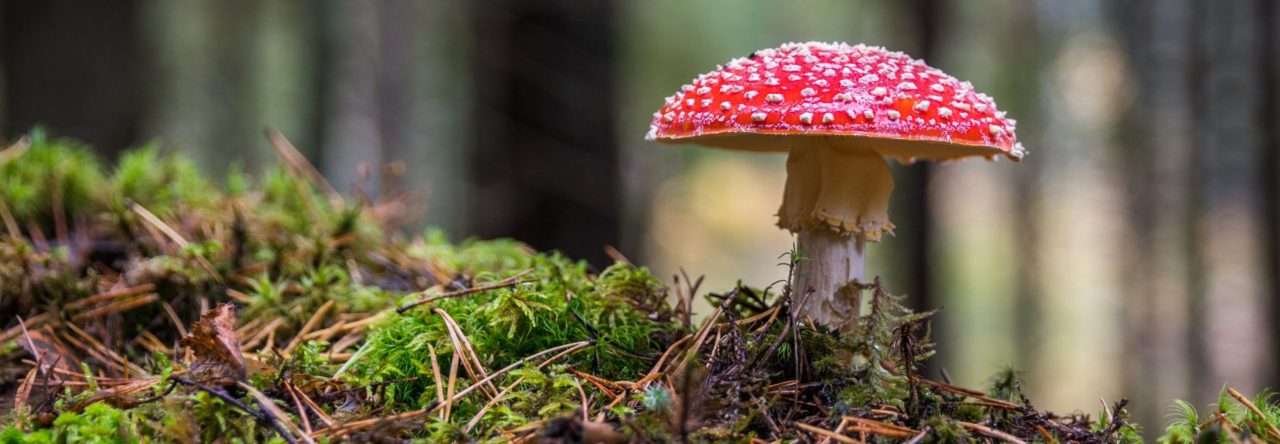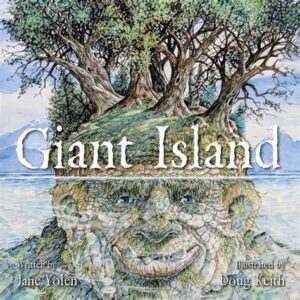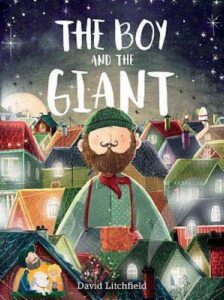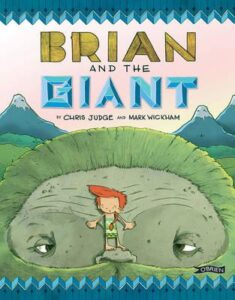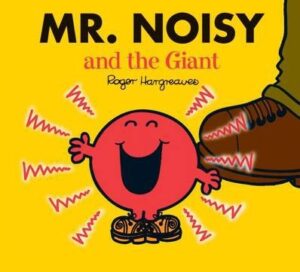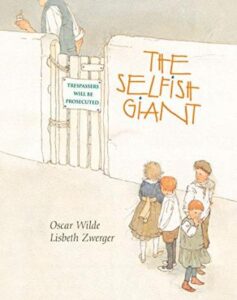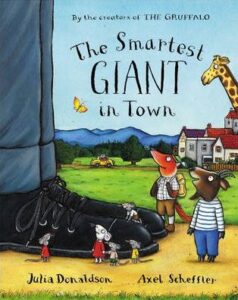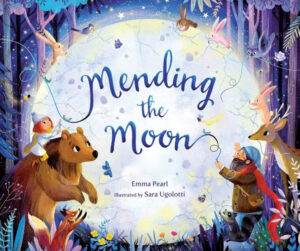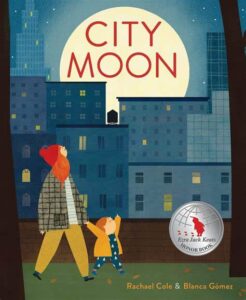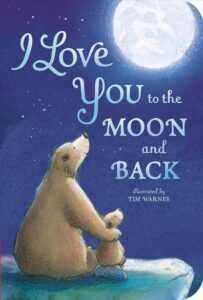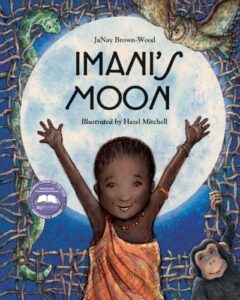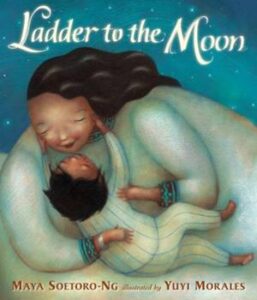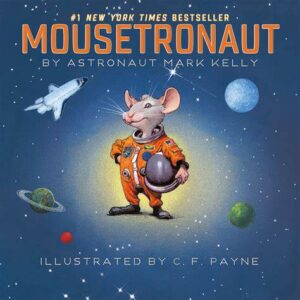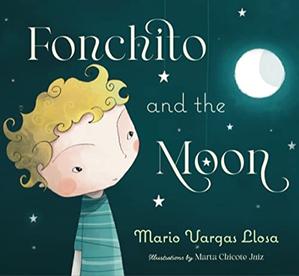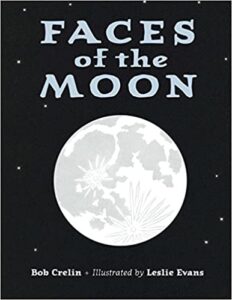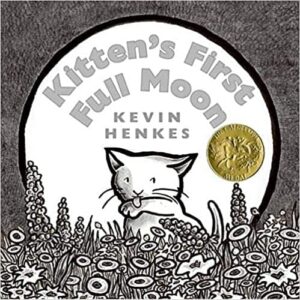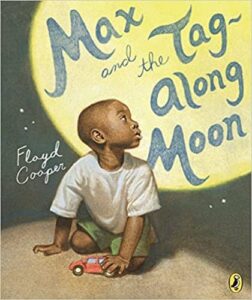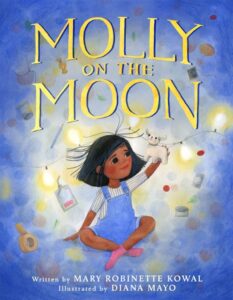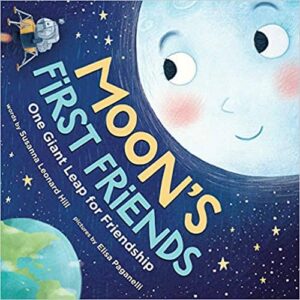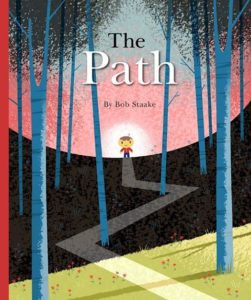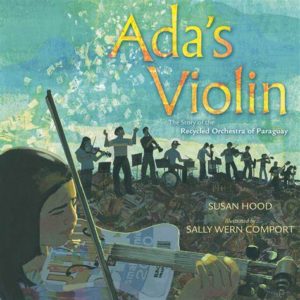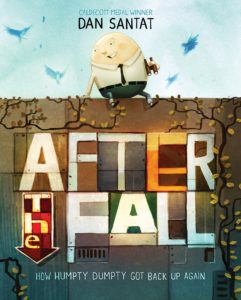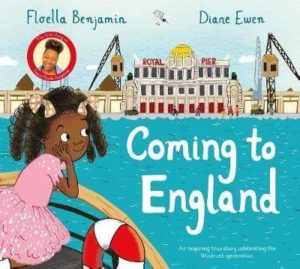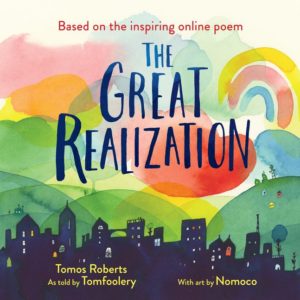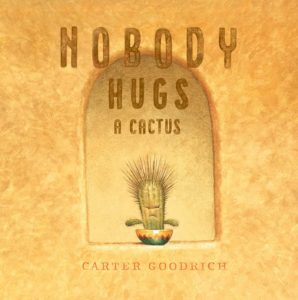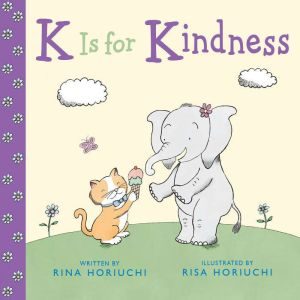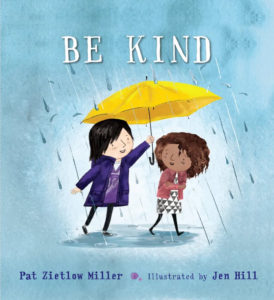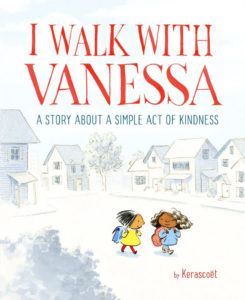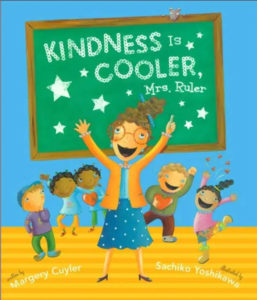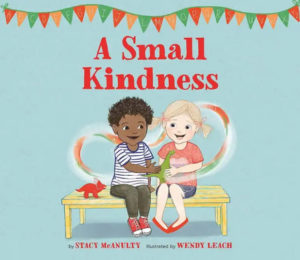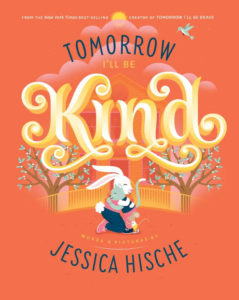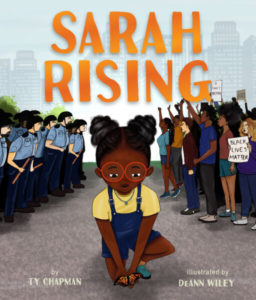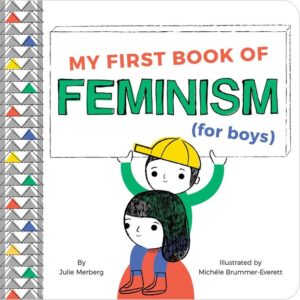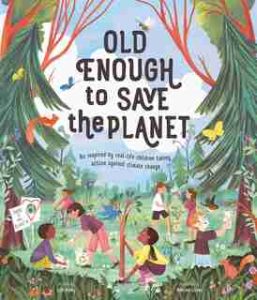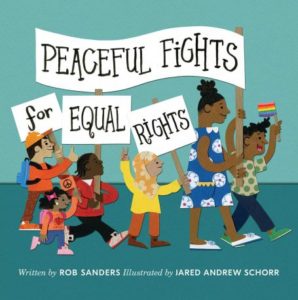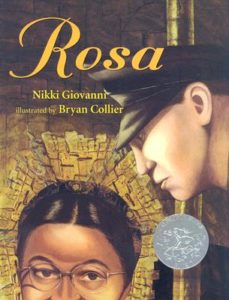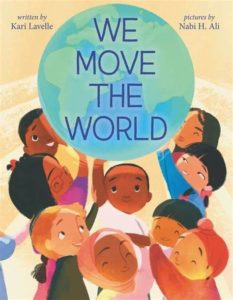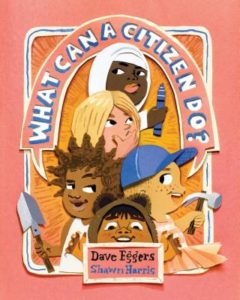Giant Island
Author: Jane Yolen
Illustrator: Doug Keith
1 August 2022
Flashlight Press
32 pages
Book description from Goodreads: “Two children and a dog explore the coves and caves of a tiny island. Under the watchful eye of Grandpa, the kids are thrilled to discover a huge surprise: the craggy rocks, tufted grass, and wind-swept trees on Giant Island are much more than they seem.
Visit Giant Island, where fantastical adventures await.”
Need some reviews on Giant Island?
As a bonus, enjoy this interview at Tara Lazar’s website with author Jane Yolen about Giant Island.
Educational Activities inspired by Giant Island:
- Before Reading–From looking at the front and back cover:
- What do you think of when you think about the giants? About islands?
- Where and when does this story seem to take place?
- What kind of animals lived on and around Giant Island?
- What questions would you like to ask the author before you read the book?
- After Reading–Now that you’ve read the story:
- Were you surprised by the size of the island?
- What other secrets and surprises did the island hold for Ava and Cooper?
- Why did Grandpa call the island “old friend”?
- What did you think of the book’s ending?
- Which picture did you like the most? Why?
- Did you like this book? Why/why not?
- Drawing–Since an island might be an island, what else might be a giant, too? A cloud? A hill? A tree? Use colored pencils, crayons, or markers to create your own giant something. Consider sharing your work with a friend or family member.
- Crafting–Since the island plays such a big role in this story, let’s enjoy some crafts based on islands as well as the things/creatures on and around them!
- (Audio) CD and Button Turtle Craft–Go with googly eyes for extra fun.
- Egg Carton Snail–You’ve probably got the main supplies in a recycle bin already.
- Sand Clay–Create, bake, and keep.
- Seashell Crab Fridge Magnets–It’s fun to use materials that thematically make sense for what you’re making.
- Under the Sea Paper Plate Craft–Super easy and still pretty awesome to make.

